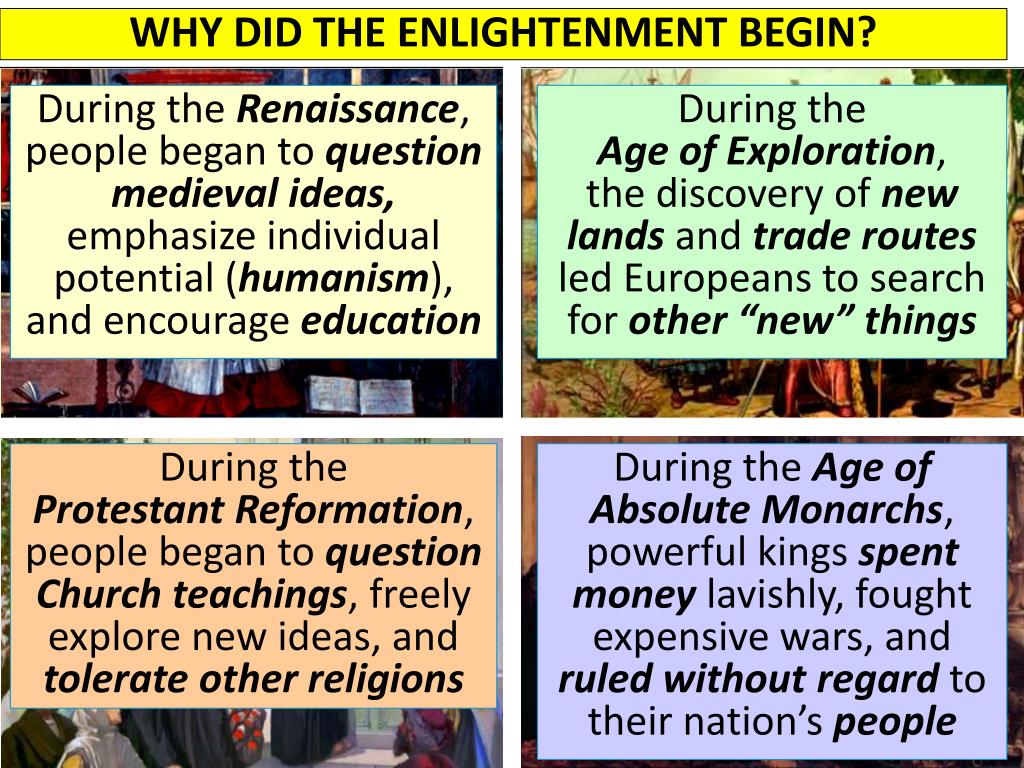After the great break of the sixteenth century, both Protestantism and Catholicism became important elements in the formation of modern nationalism. Neither Protestants nor Catholics were always patriots. French Protestants sought help from the English enemy, and French Catholics from the Spanish enemy. But where a specific religion became identified with a given political unit, religious feeling and patriotic feeling reinforced each other. This is most evident where a political unit had to struggle for its independence.
Protestantism heightened Dutch resistance to the Spanish; Catholicism heightened Irish resistance to the English. But even in states already independent in the sixteenth century, religion strengthened patriotism. Despite the existence of a Catholic minority, England from Elizabeth I on proudly held itself up as a Protestant nation; with equal pride Spain identified itself as a Catholic nation. In the wars of early modern Europe, religion and politics were inextricably combined.
As scholars look more and more closely into the local aspects of religious change during the Reformation, they find the differences between Catholics and Protestants on purely doctrinal matters less great than at first appearance. Both believed in witchcraft and persecuted witches. Both drew a distinction between a crime and a sin, that is between civil law (increasingly applied to the marketplace and public matters) and church law (applied to private, and by the seventeenth century more specifically sexual, matters). Both recognized the necessity to work within the temporal world. And both were compatible, though to different degrees and for different reasons, with the rising capitalism.
The Protestants emphasized educational indoctrination and moral controls, but so did the Jesuits in the Catholic Reformation. Both originally defined madness in individuals as “a different form of reason” and set those deemed mad apart because of a presumption that they possessed a special kind of spirituality; and both experienced a shift in attitudes toward madness in the seventeenth century, seeing the “mad” as ill, no longer to be kept at a “sacred” distance by which they might reach salvation but instead to be confined in order to protect society.
In matters of charity (which was taken increasingly from the hands of monasteries), of religious practice, of marriage, the family, and sex—in short, in a vast range of changes in human attitudes and practices—Protestants and Catholics differed, but those differences generally appear more minor now than scholars once supposed.
Thus the question of the “modernity” of the Reformation is being asked differently. In many matters both Protestants and Catholics appear quite “modern,” in the sense that their views were, by the early seventeenth century, often much like those of today. Yet there were significant exceptions, as in witchcraft trials, which appear to place great distance between the beliefs of the Reformation and of the twentieth century.
Indeed, historians no longer find the debate over modernity very productive, for today they are more interested in exploring the connections between political and religious experience, the concept of an exchange between spheres of human experience that were often analyzed separately by earlier historians.

